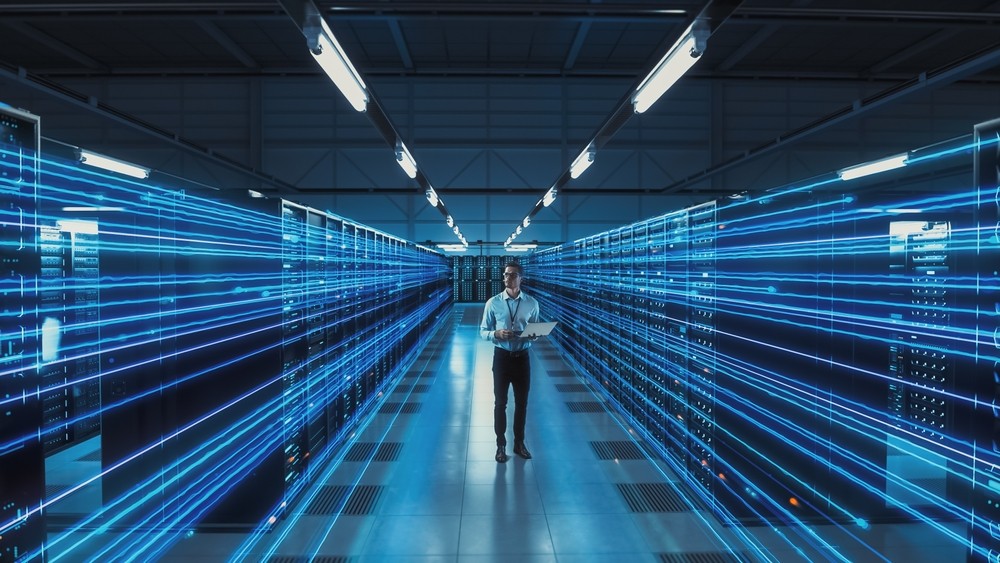Research from IT infrastructure specialists Onnec has found that 69% of data centre operators expect geopolitical instability and US tariffs to inflate the cost of building AI-ready data centres and lengthen timelines. A further 79% believe that the shortage of AI skills will delay data centre projects.
The study, based on a survey of 250 senior decision-makers from the UK, Ireland and the Nordics, warns the explosive rise in AI demand is placing unprecedented strain on existing data centre infrastructure, in terms of power, cooling, and space. At the same time, the shortage of skilled labour is slowing the pace of builds, upgrades and retrofits, accelerating the point at which facilities become inefficient or obsolete.
Almost a quarter (23%) of operators also cite supply chain disruption as a major concern. AI-ready data centres are particularly exposed to supply chain delays because they rely on globally sourced high-density compute, power, cooling systems and specialised cabling. Rising tariffs on components are squeezing tight budgets and forcing operators to re-evaluate sourcing strategies.
“The AI race is global, but protectionist policies are forcing operators to make cost-based decisions that will limit the quality of infrastructure they can deliver,” comments Niklas Lindqvist at Onnec. “With AI evolving so fast, operators need to make sure data centres are built to last – ensuring future sites have dynamic capacity when they’re up and running. With supply chains under pressure, sourcing essential components has become a major constraint. Coupled with a shortage of specialist engineers, operators may be forced to scale back or delay their ambitions, turning what were intended as cutting-edge facilities into compromised, less efficient builds. Meeting these challenges and easing cost pressures will be key to ensuring AI infrastructure is built to support long-term needs.”
The report outlines several critical pressure points that are placing data centre builds at risk:
• Explosive AI demand: In the past 12 months, 92% of operators say AI workloads have increased by an average of 42%, and 64% say that demand for capacity to support AI has been higher than expected. This surge in demand is stretching both existing and planned sites beyond capacity.
• Shrinking shelf lives: More than half (58%) of operators expect AI to shorten the lifespan of today’s data centres. AI workloads will rapidly outgrow existing power, cooling and bandwidth capacities. This has triggered a need for more strategic design, with 74% of operators forced to rethink power, cooling and location strategies for AI-ready data centre builds.
• The hidden weak link: Cabling, though often overlooked, emerged as a critical vulnerability. The majority (70%) of operators say poor-quality cabling will compromise long-term AI-readiness, and 27% cite a shortage of skilled labour for cabling installation and maintenance as a challenge. Without the right cabling infrastructure, data centres face performance degradation and reduced resilience over time.
A further 61% of respondents say they have experienced costly design reworks or retrofits due to siloed decision making during data centre builds. As a result, 70% of operators believe that holistic design principles will be critical for building AI-ready data centres.
“Success in AI infrastructure will depend on far more than capacity alone," continues Lindqvist. "AI is now the defining force in data centre strategy, but meeting that demand takes more than just scale – it takes foresight. Operators need to embrace holistic design thinking that considers every layer of the stack – from cabling and cooling to skills and sustainability. Failure to take this approach means operators risk building data centres that are already behind the curve the moment they go live.”




